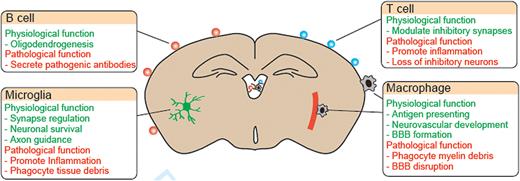Abstract
The influence of Aśvaghoṣa on the later tradition of kāvya was largely passed over in the South Asian tradition, even though the debt to his influence is clear in processional scenes developed by Kālidāsa and the attempted seduction of Arjuna developed by Bhāravi in his Kirātārjunīyam. We know from the testimony of the Chinese pilgrim Yijing that the Buddhacarita was a revered object of study in the Sumatran capital Śrībhoga near the close of the seventh century CE. It thus perhaps comes as no surprise that three tropes or themes developed by Aśvaghoṣa were developed by several important composers of kakawin, the Old Javanese literary genre comparable to the kāvya of South Asia. This paper looks at the development of the themes of processions, divine battles and attempted seductions in a long history beginning with Aśvaghoṣa and closing with the work of the Javanese author Mpu Tantular, who completed the Buddhist kakawin Sutasoma c. 1365–1389 CE. This paper is partly based on a revised perspective on the history of the Shailendra and Sañjaya dynasties of central Java developed by examining the role of the "Shailendra royal preceptors" in bringing Sanskrit learning to Central Java in the period 778–847 CE.

 VEGF165 was detected in immersion fixed frozen sections of human breast cancer tissue using 5 µg/mL Human VEGF165 Polyclonal Antibody (Catalog#
VEGF165 was detected in immersion fixed frozen sections of human breast cancer tissue using 5 µg/mL Human VEGF165 Polyclonal Antibody (Catalog#  Yoskaly Lazo Fernandez, PhD
Yoskaly Lazo Fernandez, PhD

